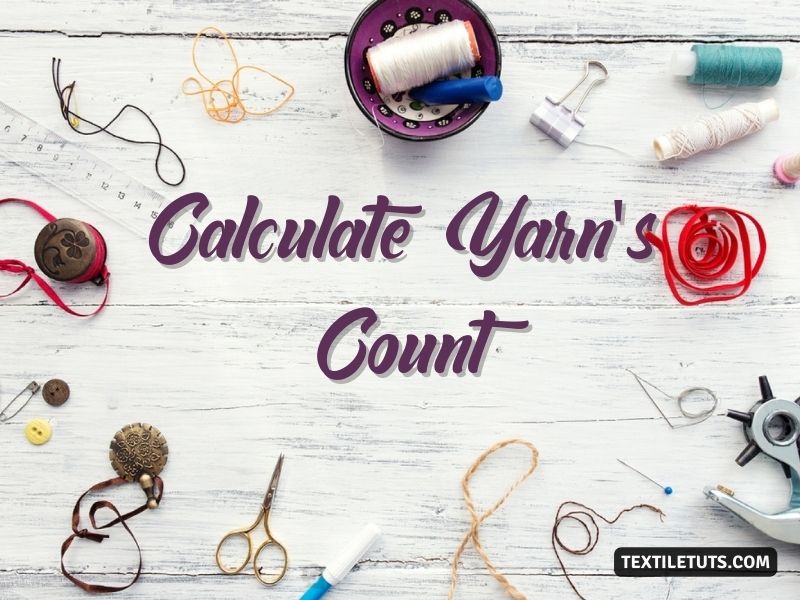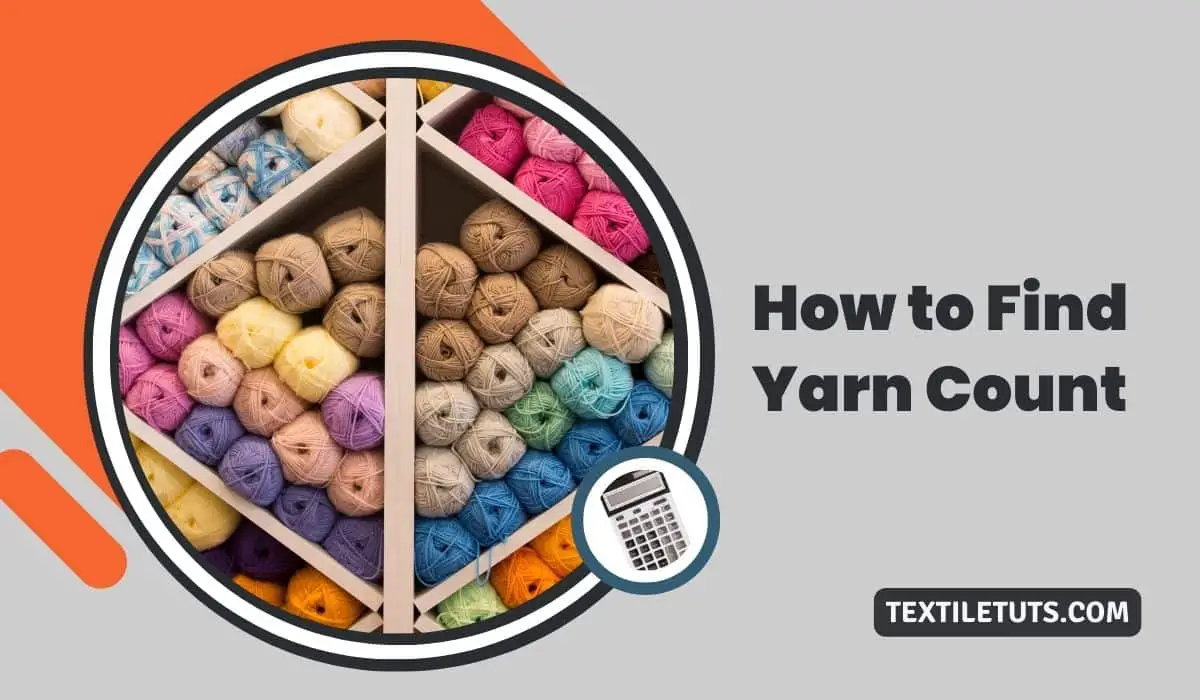How to Find Yarn Count
What is Yarn Count
Yarn count is basically a number that represents the fineness or coarseness of yarn. Also notified by the idea of mass per unit length or length per mass unit.
There are 2 systems to learn how to find yarn count –
1. Direct System

In this system, count is determined from the idea of length per mass unit. Here, the length of the yarn is fixed and the mass is varying. The higher the count coarser the yarn gets.
The direct system is used for –
- Synthetic yarn
- Silk
- Jute
The formula for determining yarn count –
Direct count, N = W x l / w x L
Here,
- N= Count
- W= Sample weight
- l= System length
- w = System unit weight
- L= Sample length
2. Indirect System

In this system, count is determined from the idea of mass per length unit. Here, mass of the yarn is fixed and the length is varying. The higher the count finer the yarn gets –
It’s used for –
- Cotton
- Worsted
- Linen
Formula for determining yarn count –
Indirect count, N = w x L / w x l
Here,
- N = Count
- W = System unit weight
- L = Sample length
- W = Sample weight
- l = System length
How to Find Yarn Count

To calculate yarn count we’ll require these things —
- Wrap reel
- Scissors
- Electronic weighing balance
Sample
- To ensure accurate measurement, yarns should be relaxed properly
- Wrap 5 samples with length of 1 hank (840yds)
Atmosphere
As the moisture content is subjected to change, we should test the material in a standard atmosphere. Otherwise, the weighing may produce erroneous results.
The humidity should be around 65% ± 2%, and the temperature should be around 20°C ± 2%.
Working Procedure
- First, we mount the yarn package on the yarn stand of the wrap reel.
- Then we take the yarn and set through the ceramic guide bars up to the reel wheel.
- We fix the yarn on the reel
- Then we set the machine to a setting of 840yds to be wound
- After that, we press the start button and when wounded the m/c will automatically shut off winding
- In this method, we take up 5 samples and the data is kept
- At last, we find out the count using the formula, and the mean of those is the yarn count
Sample Data Table
| Sample no | w = System Unit Weight | L= Sample Length | W= Sample Weight | l= System Length | N= w x L / W x l | Average Yarn Count |
| 1 | 1 lbs. | 840 yds. | 0.028 lbs. | 840 yds. | 35.71 | 38.5738 |
| 2 | 0.027 lbs. | 37.03 | ||||
| 3 | 0.025 lbs. | 40 | ||||
| 4 | 0.026 lbs. | 38.48 | ||||
| 5 | 0.024 lbs. | 41.66 |
Calculation
Count, N = w x L / W x l
= 1 x 840 / .028 x 840
=35.714 Ne
Use our yarn count calculator and converter for if you don’t want to do these manual calculations yourself.
Caution
- Samples should be taken carefully
- Carefully taking the weight measurement
- No standing near the wrap reel while m/c is running, the reel may hit something or people
- Proper tension between yarn stand and reel should be maintained
- If a yarn breaks during winding, we have to take the sample from the very beginning
Final Say
Yarns are measured upon their dimensional properties. The length and weight play and vital role in determining yarn count, which you need to know for determining the fabric gsm or to know if they will be useful for your use case. For example, when you’re looking for placemat yarns, it needs to be compact.
Sometimes moisture or drying process may change the actual count calculation. Hope you have learned how to find yarn count now.

